Running out of dried dill? Here are the top 10 best substitutes with exact substitution ratios and usage tips for pickles, fish, soups, and more. Get the perfect replacement for your recipe today.
What Is Dried Dill?
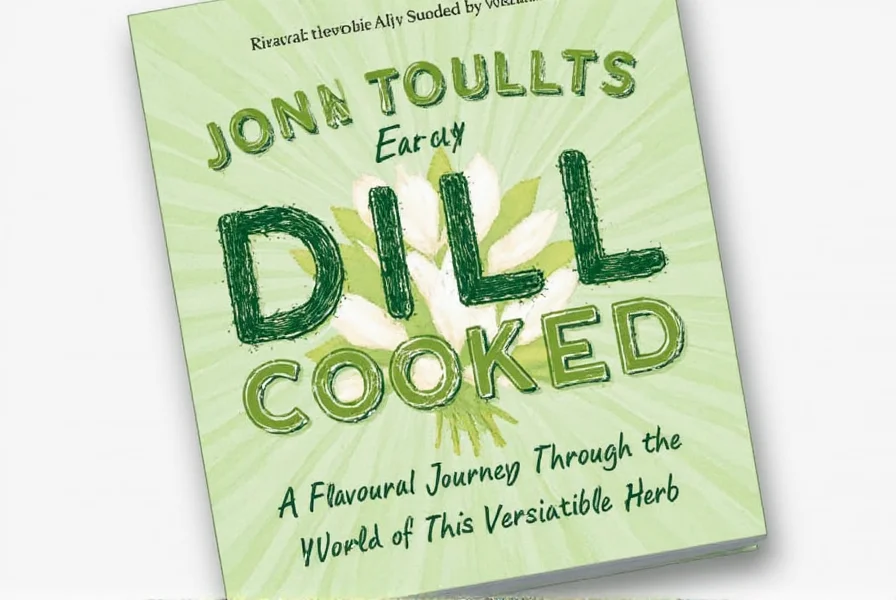
Dried dill is the dehydrated version of fresh dill weed, a feathery green herb commonly used in Mediterranean, Scandinavian, and Eastern European cuisines. Its flavor profile is bright and aromatic, with hints of lemon, anise, and parsley. It's often paired with cucumbers (hello, dill pickles!), potatoes, yogurt sauces, and fatty fish like salmon or trout.
When recipes call for dried dill, they usually expect a more concentrated flavor compared to fresh dill, which fades quickly when cooked. But if you're out of dried dill, there are several herbs and spices that can step in and do the job just fine—depending on the dish, of course!
Why You Might Need a Substitute
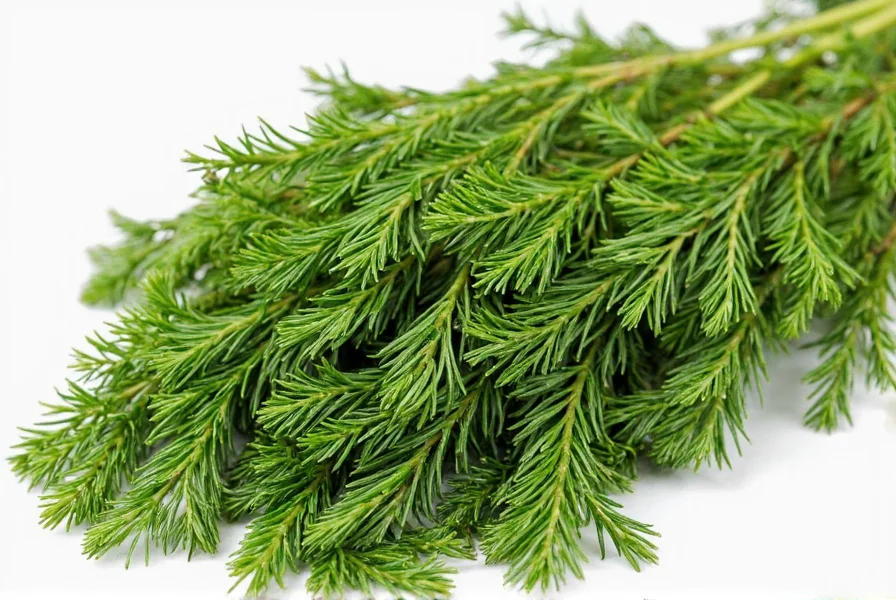
You might need a substitute for one of these common reasons:
- No dill in stock: Ran out during a cooking session? We've all been there.
- Personal preference: Not everyone loves dill's distinctive taste.
- Allergies or sensitivities: Rare but possible.
- Cooking for others: Wanting to avoid strong flavors for guests or family members who aren't fans.
- Creative experimentation: Looking to try something different without compromising the dish.
Top 10 Substitutes for Dried Dill
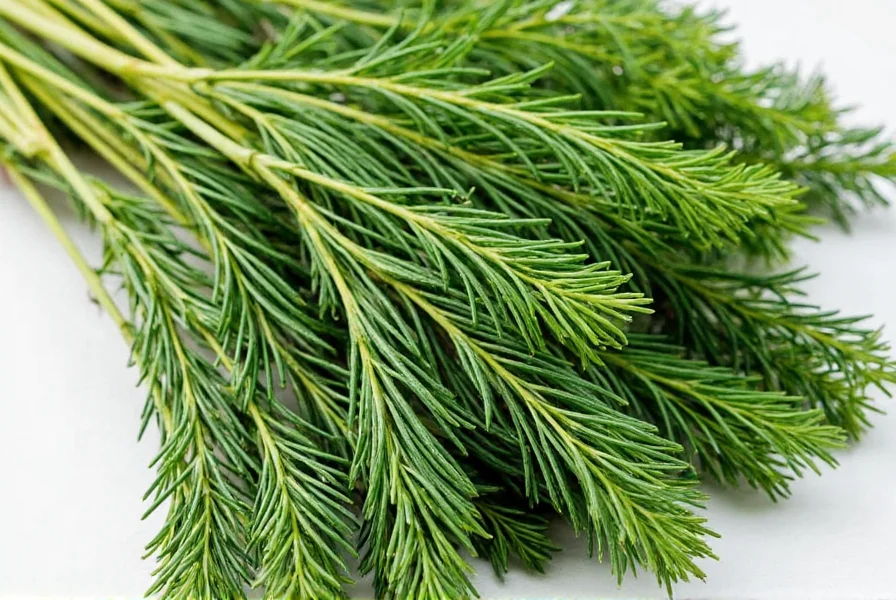
- Fennel Seed (Use sparingly): Offers a licorice-like flavor similar to dill. Great in breads and meat dishes.
- Tarragon: Slightly sweet and anise-flavored. Works well in creamy sauces and seafood.
- Fresh Dill: If you have fresh dill, you can use 3 times the amount of dried called for in the recipe.
- Parsley Flakes: Milder in flavor but adds color and texture. Good for garnish or light seasoning.
- Caraway Seed: Earthy and slightly bitter. Works best in breads and stews.
- Anise Seed: Very similar to fennel, but stronger. Use sparingly to mimic dill's sweetness.
- Coriander Powder: Citrusy and earthy. Great in spice blends or marinades where dill plays a background role.
- Cumin: More robust and smoky. Use only if you're going for a Middle Eastern twist.
- Chervil: Mild and anise-like. Perfect for delicate dishes like omelets or sauces.
- Thyme (Lemon Thyme preferred): Adds brightness and a hint of citrus. Ideal for roasted vegetables or meats.
Substitute Comparison Table
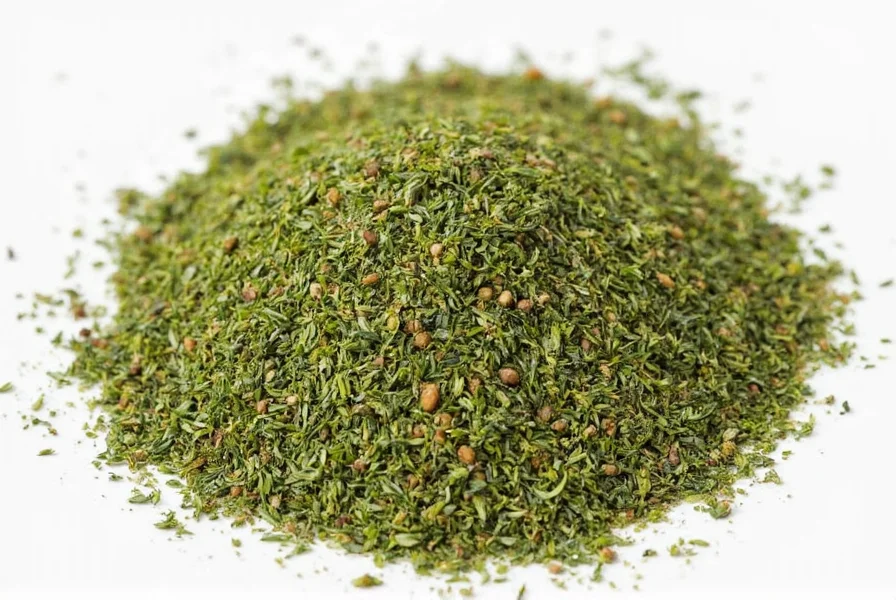
| Substitute | Flavor Profile | Best Used In | Substitution Ratio | Notes |
|---|---|---|---|---|
| Fennel Seed | Sweet, anise-like | Breads, sausage, meat dishes | ½ tsp fennel = 1 tsp dill | Mildly sweet; use sparingly |
| Tarragon | Sweet, licorice-like | Creamy sauces, chicken, seafood | 1 tsp tarragon = 1 tsp dill | Classic French herb; great alternative |
| Fresh Dill | Herbaceous, bright | Garnishes, cold dishes, salads | 3 tsp fresh = 1 tsp dried | Add near end of cooking |
| Parsley Flakes | Mild, grassy | Light seasoning, color boost | 1 tsp parsley flakes = 1 tsp dill | Lacks depth but good for appearance |
| Caraway Seed | Earthy, nutty, slight bitterness | Rye bread, cabbage dishes | ½ tsp caraway = 1 tsp dill | Bold flavor; use carefully |
| Anise Seed | Sweet, licorice-like | Baked goods, stews, sauces | ½ tsp anise = 1 tsp dill | Very aromatic; overpowering if overused |
| Coriander Powder | Citrusy, earthy | Spice blends, curries, marinades | ¾ tsp coriander = 1 tsp dill | Less fresh tasting but works in complex dishes |
| Cumin | Smoky, warm, earthy | Middle Eastern dishes, chili | ¾ tsp cumin = 1 tsp dill | Strong shift in flavor profile |
| Chervil | Mild, anise-like | Eggs, fish, soft cheeses | 1 tsp chervil = 1 tsp dill | Rare but worth finding for gourmet dishes |
| Lemon Thyme | Citrusy, woodsy | Roasted veggies, meats, potatoes | 1 tsp thyme = 1 tsp dill | Great for freshness without the licorice kick |
How to Use These Dill Alternatives
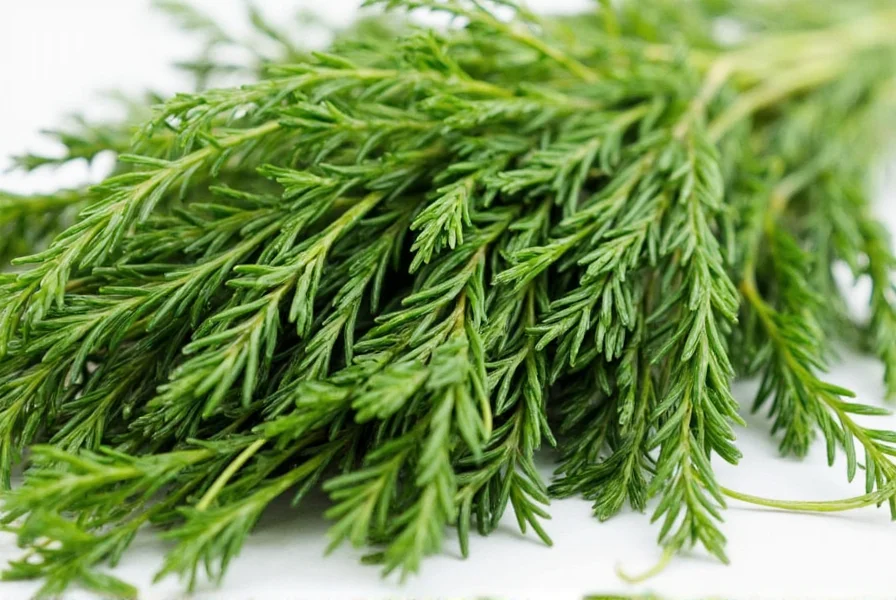
Using substitutes for dried dill depends heavily on the context of the dish. Here are some practical tips:
- For Pickling: Fennel seed or celery salt can mimic the traditional pickle flavor. Add to brine mixtures just like dill.
- For Fish Dishes: Tarragon or fresh dill work beautifully with white fish or salmon. Mix into compound butter or sprinkle before baking.
- For Soups and Stews: Coriander or lemon thyme add warmth and brightness. Add early in cooking to infuse the broth.
- For Sauces: Chervil or parsley offer gentle flavor. Stir in at the end to preserve their freshness.
- For Baking: Anise or fennel seeds are excellent in savory breads or rolls. Crush them slightly before adding.
- For Cold Dishes: Fresh dill is ideal for potato salad or tzatziki. Substitute at a 3:1 ratio.
Buying Guide for Best Spice Alternatives
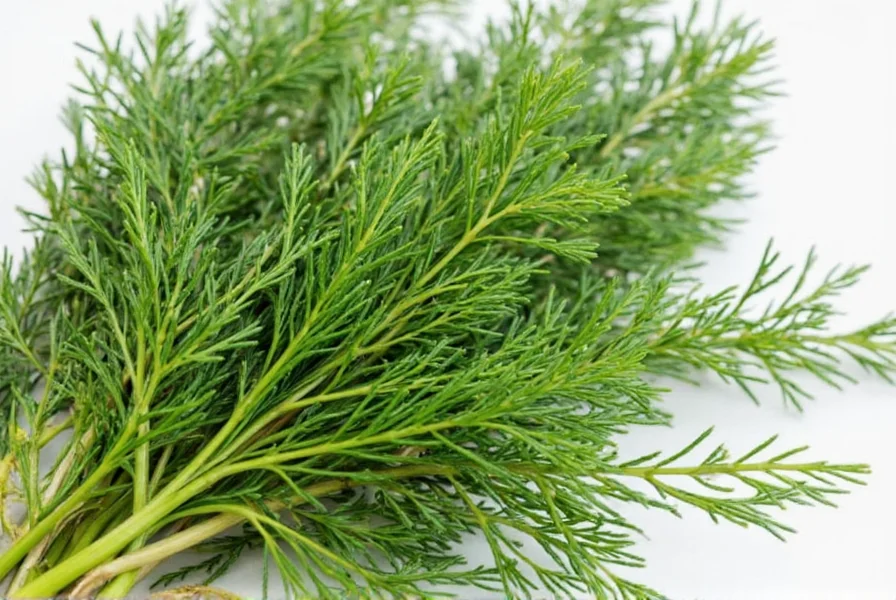
If you're looking to stock up on alternatives to dried dill, here's a guide to help you choose wisely:
1. McCormick Culinary Grade Tarragon
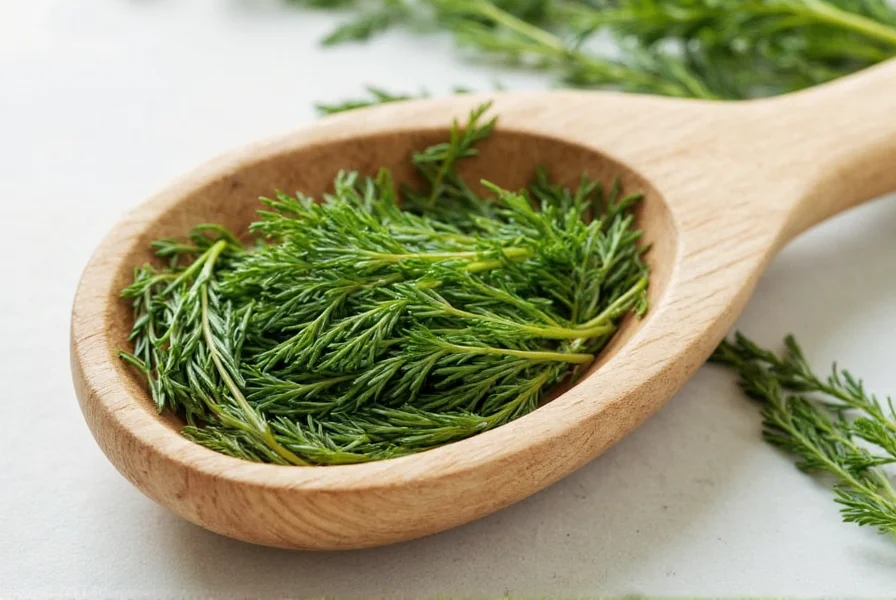
- Features: High-quality, vacuum-packed for freshness.
- Advantages: Consistent flavor, long shelf life.
- Use Cases: Creamy sauces, seafood dishes, vinaigrettes.
- Target Audience: Home cooks and chefs alike.
- Occasions: Everyday cooking, dinner parties, special meals.
2. Frontier Co-op Organic Fennel Seeds
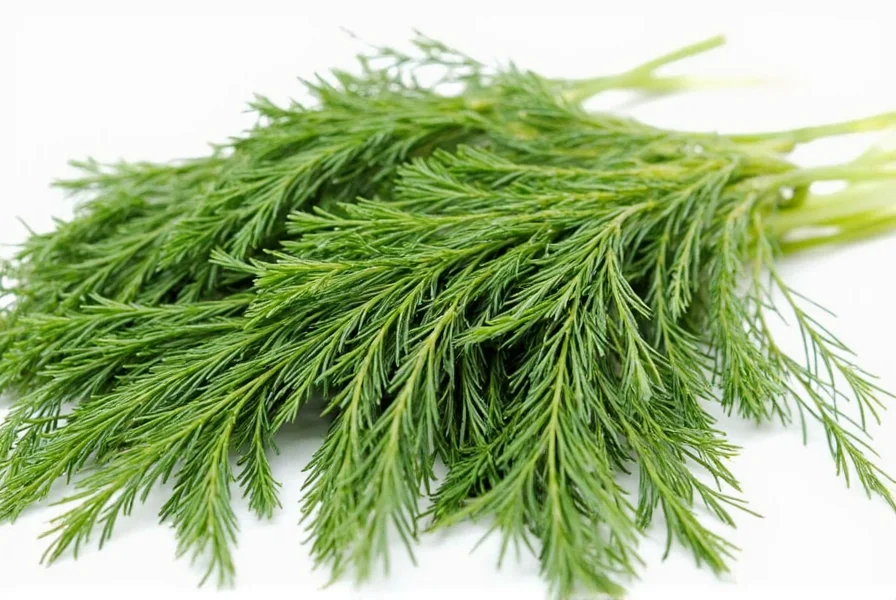
- Features: Organic, non-GMO, ethically sourced.
- Advantages: Versatile for both sweet and savory dishes.
- Use Cases: Bread making, sausages, vegetarian dishes.
- Target Audience: Health-conscious and eco-friendly buyers.
- Occasions: Family dinners, weekend baking projects.
3. Simply Organic Lemon Thyme
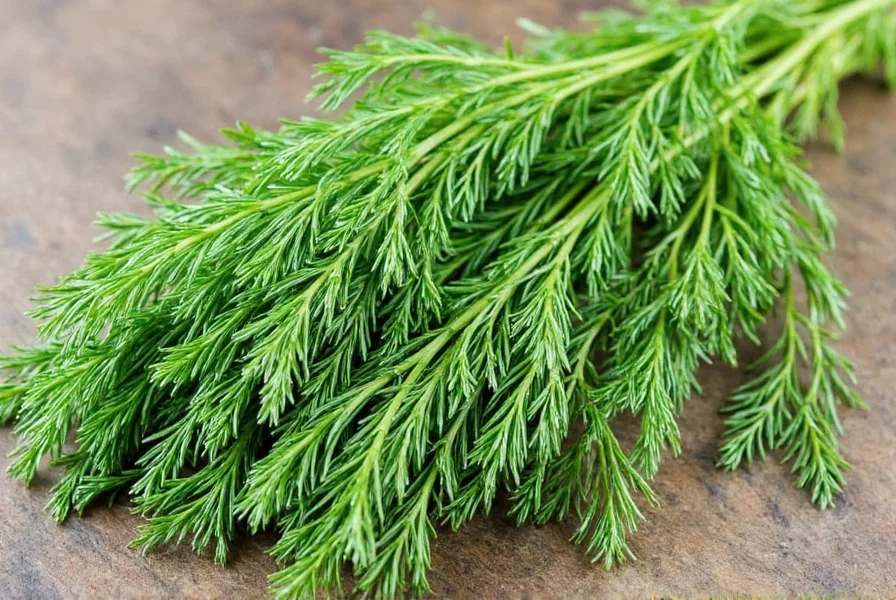
- Features: Certified organic, sustainably grown.
- Advantages: Bright citrus undertone with herbal depth.
- Use Cases: Roasts, vegetable medleys, grilled meats.
- Target Audience: Organic food enthusiasts and spice lovers.
- Occasions: Holiday roasts, Sunday dinners, garden parties.
4. Badia Ground Coriander
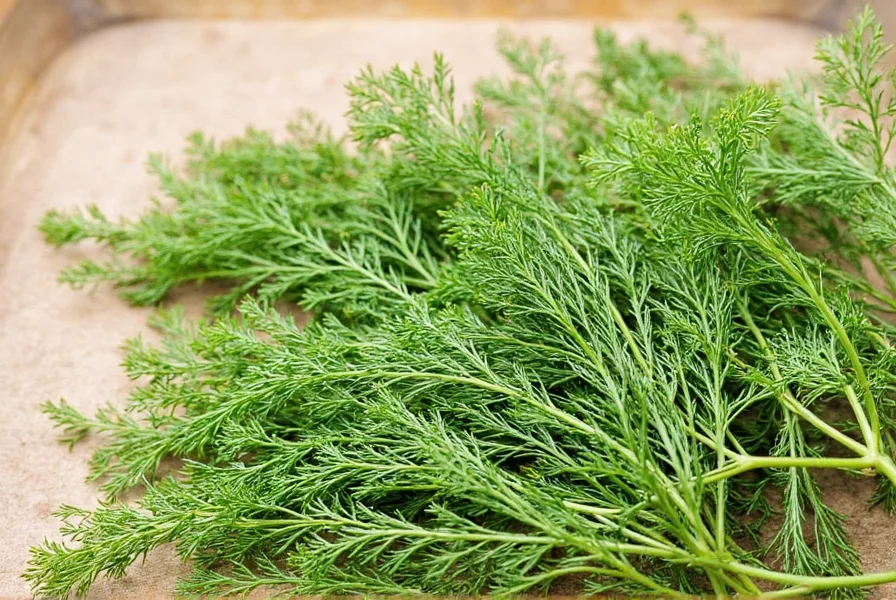
- Features: Fine grind, easy to use, consistent quality.
- Advantages: Affordable and widely available.
- Use Cases: Spicy rubs, curries, lentil dishes.
- Target Audience: Budget shoppers and beginner cooks.
- Occasions: Weeknight meals, ethnic cuisine nights.
5. Penzeys Lemon Pepper Seasoning
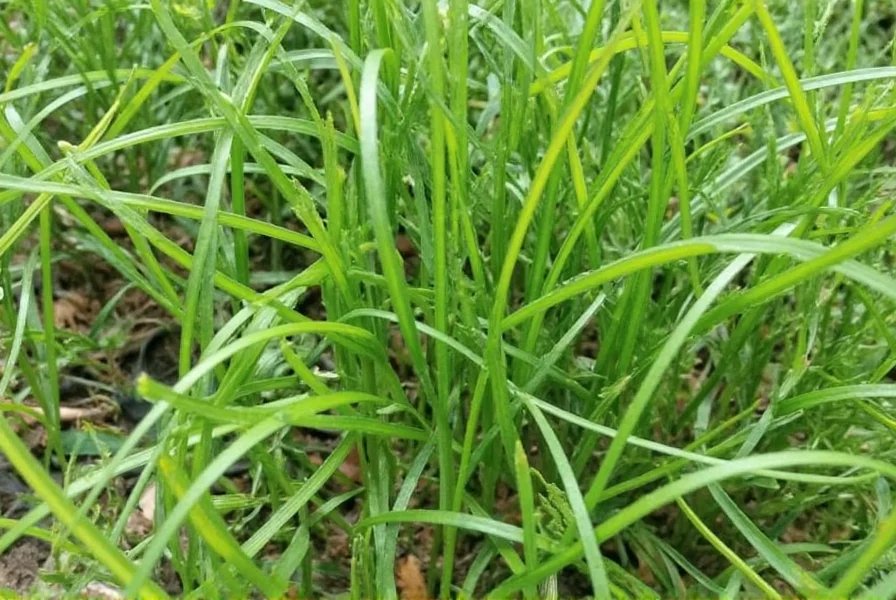
- Features: Zesty blend with natural ingredients.
- Advantages: Adds brightness without dill's licorice note.
- Use Cases: Grilled fish, poultry, popcorn.
- Target Audience: Those who prefer citrus-forward flavors.
- Occasions: Casual snacking, backyard cookouts.
Frequently Asked Questions

What's the best substitute for dried dill in pickles?
Fennel seeds are the best substitute for dried dill in pickles. They provide that similar anise-like flavor that defines traditional dill pickles. Use about half the amount of fennel seeds compared to what the recipe calls for in dried dill. You can also add a pinch of celery seed for additional depth that mimics the characteristic pickle flavor.
How much fresh dill equals dried dill?
The general conversion is 3 parts fresh dill to 1 part dried dill. So if your recipe calls for 1 teaspoon of dried dill, you would use 1 tablespoon (3 teaspoons) of fresh chopped dill. Remember that fresh dill is more delicate, so add it near the end of cooking to preserve its flavor.
Can I use dill weed instead of dried dill?
Yes, dill weed is simply another name for the leafy part of the dill plant, which is what gets dried to make dried dill. If you have fresh dill weed, use three times the amount called for in dried dill. If you have dried dill weed, it's the same product—just different labeling. Some brands label it as "dried dill" while others say "dried dill weed."
What's the closest flavor match to dried dill?
Tarragon is generally considered the closest flavor match to dried dill, especially for cooked dishes. It shares that subtle anise/licorice note that defines dill's distinctive flavor. Fennel seeds are also excellent but have a stronger flavor, so use them more sparingly. For the most authentic substitute in most recipes, tarragon at a 1:1 ratio works best.
How do I store dried dill substitutes properly?
Store all dried herb substitutes in airtight containers away from heat, light, and moisture. A cool, dark cupboard is ideal. Most dried herb substitutes will maintain their best flavor for 6-12 months. Seeds like fennel or caraway will last longer—up to 2 years—because they contain natural oils that preserve them. Always check for freshness by smelling the herb; if it has little aroma, it's time to replace it.
Can I make my own dried dill at home?
Yes! To make your own dried dill, harvest fresh dill when the plant is in full bloom. Rinse and pat dry the fronds, then either hang small bunches upside down in a warm, dry, dark place for 1-2 weeks, or spread the fronds on a baking sheet and dry in the oven at the lowest temperature (about 170°F/75°C) for 2-4 hours. Once completely dry and crumbly, store in an airtight container. Homemade dried dill will be more potent than store-bought, so start with less and adjust to taste.
Why does my dill substitute taste different than expected?
Dill has a unique flavor profile (grassy, citrusy, with anise notes) that's hard to perfectly replicate. Substitutes will always have some differences. This is why the substitution ratios vary—some herbs are stronger than others. Also, dried herbs lose potency over time, so check your substitute's freshness. Finally, cooking method affects flavor: some substitutes (like fresh herbs) should be added at the end of cooking, while seeds work better when added early to release their oils.
Final Thoughts
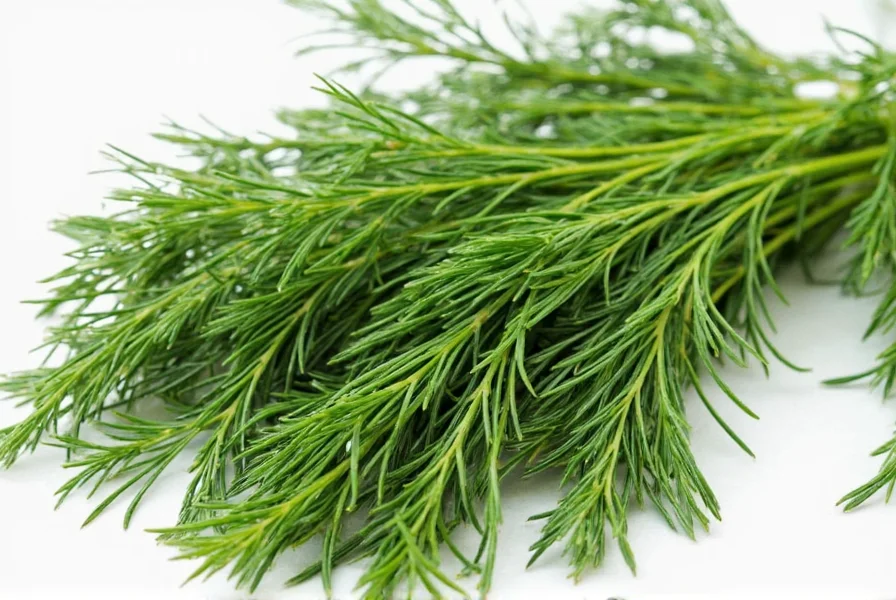
Running out of dried dill doesn't mean your dish has to suffer. Whether you're aiming for a close match or looking to get creative with flavors, there's no shortage of flavorful substitutes that can save the day—and maybe even become new favorites. From the anise-like punch of fennel seed to the citrusy zip of lemon thyme, each alternative opens the door to exciting culinary possibilities.
Remember, substitutions are more of an art than a science. Start small, taste as you go, and adjust based on what your palate prefers. And if you're ever feeling adventurous, don't be afraid to combine two or three substitutes for a custom blend that makes your dish uniquely yours.
Happy cooking, and may your spice rack never run dry again!











 浙公网安备
33010002000092号
浙公网安备
33010002000092号 浙B2-20120091-4
浙B2-20120091-4